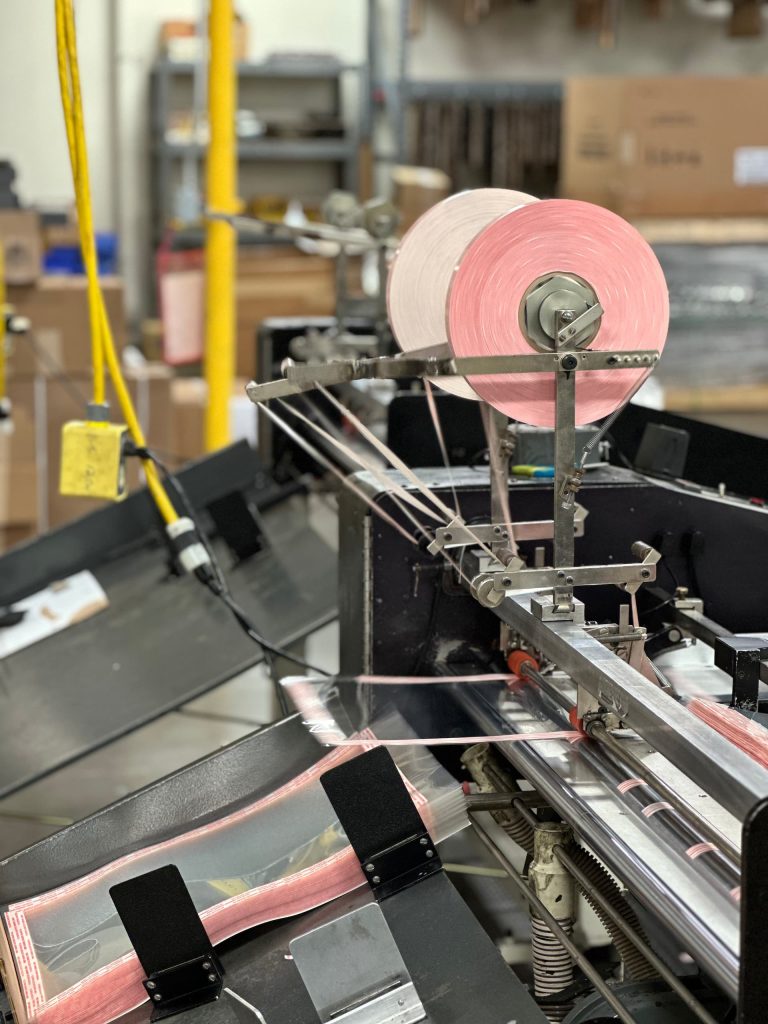
With experience that stretches across the better part of a century, Colvin Friedman has been offering premium die-cutting services since the 1940s. Our flatbed die cutting services are known by our customers for their quality and precision. The information below outlines our flatbed die-cutting capabilities.
Or call Josh at (707) 769-4488
We are generally able to cut products that meet the following specifications. We may be able to cut designs that exceed these specifications depending on their size and material. For smaller designs, we may recommend Rotary Die Cutting for your project. If we cannot cut your product, we can help refer you to someone who can.
Maximum Product Width
Maximum Product Thickness
Tolerance Level
Maximum Production Capacity
Average Lead Time
40 inches
.5 inches, material dependent
±0.010, material dependent
2,000 – 4,000 parts/hour (size dependent)
3 weeks
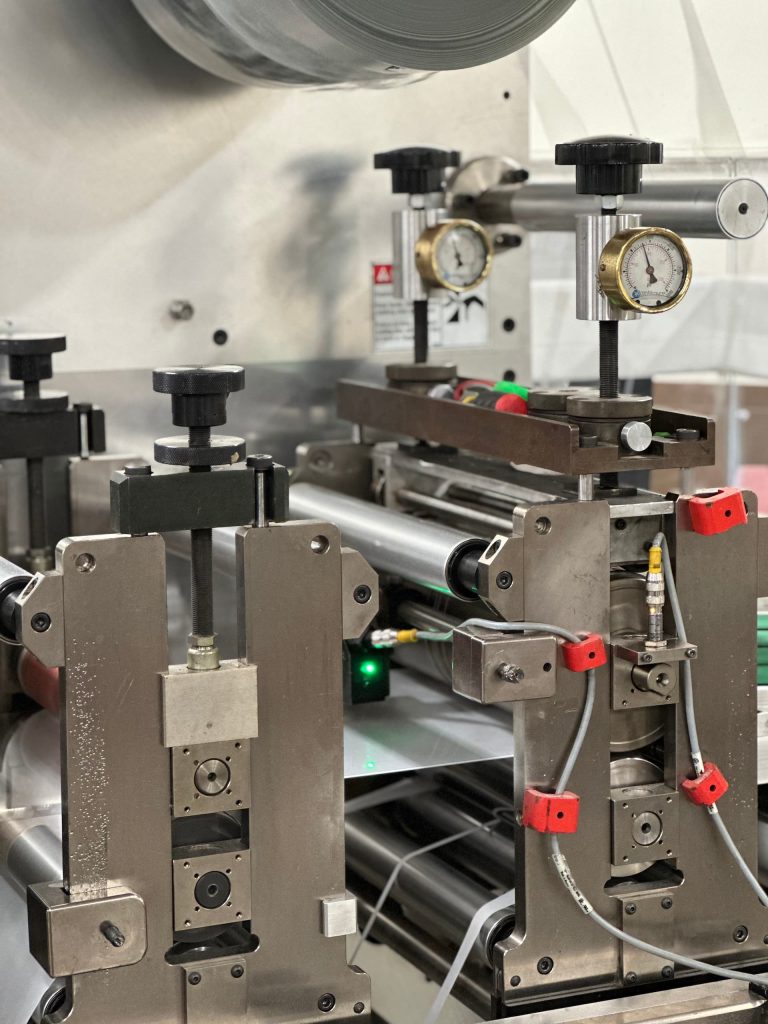
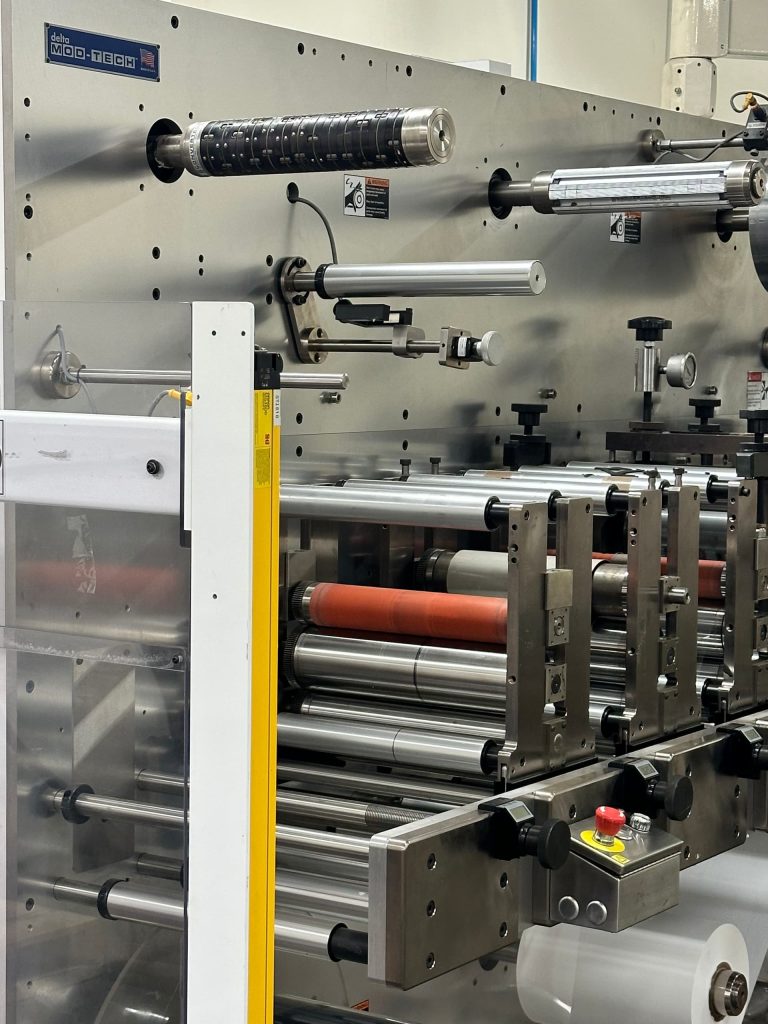
If you would like to confirm whether or not your project can be flatbed die cut, feel free to contact our Vice President, Josh Rodman, for more information. If you are interested in using Colvin Friedman as your new flatbed die-cutting provider and would like information about our pricing, Josh can provide you with all the relevant details.
Or call Josh at (707) 769-4488
We are able to flatbed die-cut most materials for your products or components if they fit within the specifications listed above. Our most used materials are outlined here:
If you are uncertain about which material is right for you, we will provide a recommendation that best suits the needs of your project. There are a few important factors to keep in mind when selecting a material to be die-cut:
If you need help selecting the best material, our experts can help and provide you with options. To receive a quote and begin the process, contact us via the number below.
Or call Josh at (707) 769-4488
As one of America’s oldest die-cutting companies, our expertise in flatbed die-cutting is unmatched. We’ve worked with companies all across the US and the world to produce:
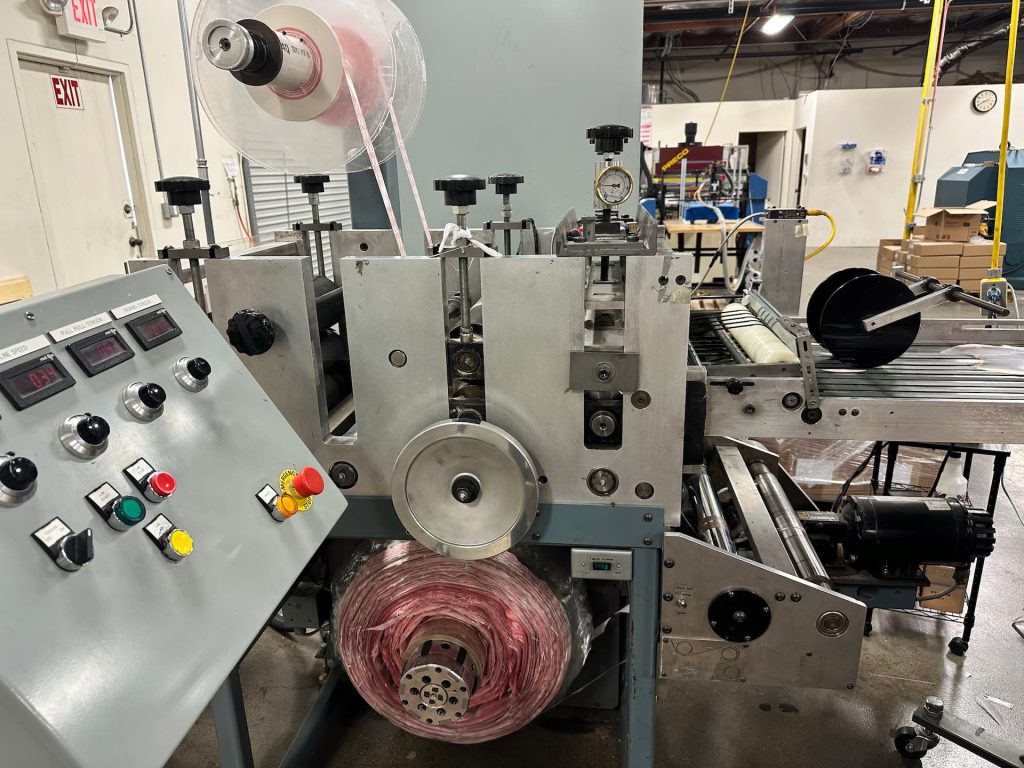
Many people in need of die-cutting services are unsure if flatbed die-cutting is their best option. The following checklist shows some considerations to take into account to ensure flatbed die cutting is right for your product.
If your project does not match up with this description, you may consider rotary die-cutting. We offer both services and can assist in choosing the best one for you.If your product steps outside of these you may consider flatbed die cutting. We also offer flatbed die cutting and can help you choose between the two.
Suitable for high-volume orders providing economies of scale
Consistently high precision ideal for complex and detailed designs
Efficient material utilization reducing waste and costs
Faster turnaround times for large orders
Higher setup costs making it less economical for small batches
Limited to materials in roll form reducing material options
Changes in project scope or design can be costly and complex to implement
Typically requires a long-term commitment due to setup investment
More adaptable for low to medium volume without high setup costs
Capable of handling a wider variety of materials and thicknesses
Flexibility in setup allows for customization and changes in design
Often more cost-effective for short runs and prototypes
Slower production rates can lead to longer turnaround times
Higher material waste due to spacing between cuts affecting cost
Operation can increase labor costs due to material handling
Less suitable for very high-volume jobs due to slower speeds
If you are unsure which service is the best fit for your product’s specifications and the size of your production, we are here to help. Contact the number below for a free quote and advice on which style of die-cutting is best for you.
Or call Josh at (707) 769-4488
Planning and Pre-Production
Die Construction
Die Construction
High Quality Materials
Calibrate Rule Height
CAD
Set Pressure Requirements
Experienced Toolers
Material Selection for Dies
Milling and Heat Treatment
Produce Test Products
Precise Calibrations
Sample Tests
Lubrication and Maintenance
Waste Management and Scrap Reclamation Systems
Source best materials available for premium components
Have precise metrics and a generally taller height for thicker materials
Utilize Computer Assisted Design (CAD) software to precisely design die
Optimize pressure settings based off of selected material
Guarantee Top Quality Dies are created by experts
Steel is often used for versatility, while harder products may require more wear-resistant materials
Help ensure sharp and durable edges for the die
Initial products are evaluated to ensure die’s quality before production
Machines are set to client’s specific requirements
Integrated to ensure dimensions and tolerances remain up to standard throughout production
Prevent degradation or other errors by keeping machinery in shape throughout longer productions
Utilize where possible to avoid excess costs and ensure ROI
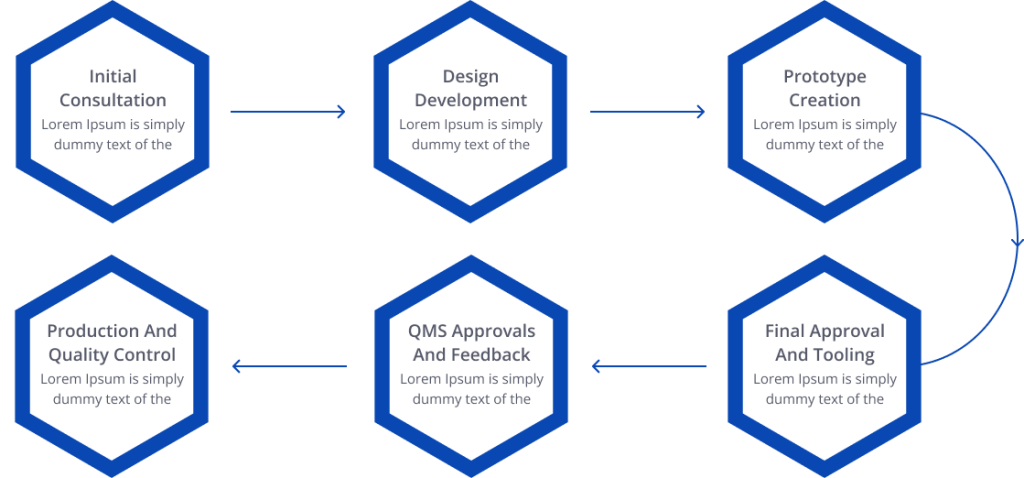
Our foremost concern is the quality of the products we produce. We are here to ensure that all components and designs are cut to your specifications and perfectly fulfill their function. The below diagram outlines our process for ensuring that your product fits your needs and is of the utmost quality.
01
For every initial consultation, we go over your design specifications and determine the important requirements for your product, including which type of die cutting will be used, the material best suited to the product, as well as material, finishing, and tolerance requirements. We will also create a prototype if necessary. After the final design is approved, we create a number of test products to confirm the design is flawless before we begin production.
02
The test products are put through a number of evaluations, including testing for tolerance levels, overall dimension, and fit and function to ensure the highest level of quality. If the product is not up to standard, we will help improve the design to guarantee the most efficient manufacturing process. The customer may also evaluate the products themselves and provide feedback. Our team can produce multiple iterations of the product to further ensure its quality and functionality.
03
Before going ahead with the full production, the product is assessed by our full QMS (quality management system) to guarantee its functional use and quality. After quickly equipping our machines to produce the order, we produce a small-scale production as a final fail-safe before the full production. All necessary adjustments can be made before the full production begins.